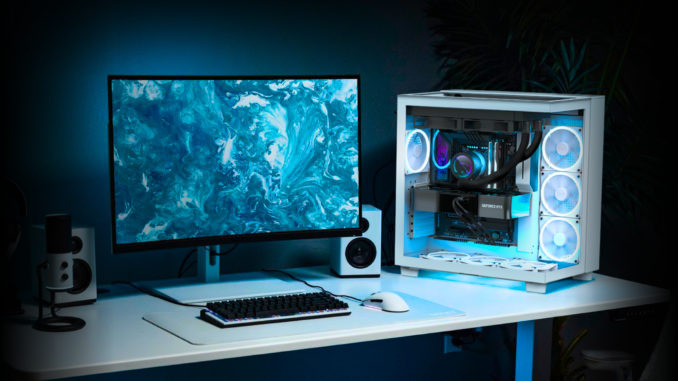
Introduction
How to Choose the Right Computer for Your Needs – In today’s digital age, choosing the right computer is crucial for ensuring productivity, entertainment, and overall satisfaction. With a multitude of options available in the market, making an informed decision can become overwhelming. This comprehensive guide aims to simplify the process and help you find the perfect computer that meets your specific needs.
1 Determine Your Purpose:
Before diving into the technical specifications, it is important to establish the primary purpose of your computer. Are you a professional seeking a powerhouse for resource-intensive tasks like video editing or software development? Or are you a casual user who primarily needs a computer for web browsing, word processing, and multimedia consumption? Identifying your purpose will guide you in selecting the appropriate features and specifications.
2 Consider Portability:
Portability is a crucial aspect to consider, especially if you’re frequently on the move. Laptops offer the convenience of working from anywhere, while desktops provide more power and customization options. If you require mobility, prioritize lightweight laptops with long battery life. For stationary tasks, a desktop computer with ample processing power and connectivity options might be the right fit.
3 Operating System (OS):
The choice between Windows, macOS, or Linux boils down to personal preference and software compatibility. Windows is widely used, offering a vast selection of software and games. macOS is popular among creative professionals, and renowned for its user-friendly interface. Linux, an open-source OS, caters to tech-savvy individuals and developers looking for flexibility.
4 Processing Power and Memory:
The processor (CPU) and memory (RAM) are crucial components that determine the computer’s performance. For basic tasks like internet browsing and document editing, a mid-range processor with 4-8GB of RAM should suffice. However, for resource-intensive activities like gaming or video editing, opt for a higher-end processor (e.g., Intel Core i7 or AMD Ryzen 7) with at least 16GB of RAM for optimal performance.
5 Storage Options:
Computers offer two primary storage options – traditional hard disk drives (HDD) and solid-state drives (SSD). HDDs offer greater storage capacity at a lower cost, making them suitable for storing large files. On the other hand, SSDs provide faster data access, resulting in quicker boot times and improved overall performance. Consider a computer with a combination of both for optimal storage and performance.
6 Graphics and Display:
If you use your computer for graphic-intensive activities like gaming, video editing, or 3D modeling, a dedicated graphics card is essential. For casual users, integrated graphics within the CPU will suffice. Additionally, prioritize a high-resolution display, ample screen size, and good color accuracy for an enhanced visual experience.
7 Connectivity and Ports:
Consider the number and type of ports required for your peripherals, such as USB, HDMI, audio jacks, and SD card slots. Additionally, check for wireless connectivity options like Wi-Fi and Bluetooth for seamless device integration. Compatibility with external displays or docking stations may also be crucial, especially for professionals who require multiple monitors.
8 Budget Considerations:
Decide on a realistic budget that aligns with your requirements. Remember to consider the long-term value and future-proofing your investment. While it’s tempting to opt for the latest and greatest technology, assess your needs and strike a balance between features and budget.
Conclusion:
Choosing the right computer involves careful consideration of your specific needs, purpose, and budget. By determining your primary use, prioritizing portability, and assessing processing power, storage options, graphics, and connectivity, you can narrow down your options and make an informed decision. Keep in mind that technology evolves rapidly, so it’s essential to strike a balance between your current requirements and the potential for future growth.
By following this comprehensive guide, you’ll be well-equipped to choose the perfect computer that will serve you best, offering optimal performance and user experience.
Remember, finding the right computer is an investment that can positively impact your productivity, creativity, and overall satisfaction for years to come.
Leave a Reply